The discovery of America came from the work of courageous people who made the trek across the Atlantic Ocean to see what lie in wait on the other side. After the establishment of the country, this spirit of curiosity still thrummed strong in many Americans. From the most famous expeditions like Lewis and Clark, to the vast underwater explorations of today’s Sylvia Earle, these are the names and stories of people who shaped America through their dedication to discovering new places and seeking truth.
Robert Peary
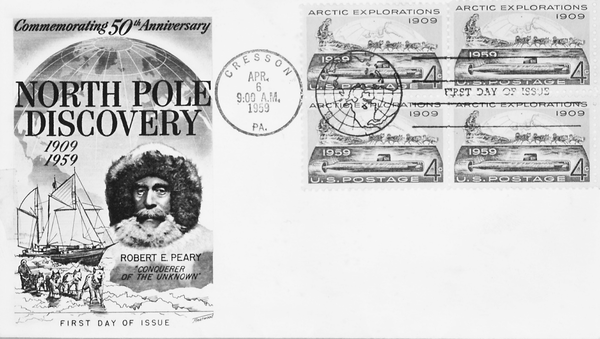
American explorer Robert Peary’s crowning achievement was being the first person to set foot on the geographic North Pole. Peary was born in Pennsylvania, but spent most of his younger years in Portland, Maine. Just after college, he joined the National Geodetic Survey. Following this, he enlisted in the navy, and was made chief surveying officer of the Nicaragua Canal, a project that never saw completion. His first try at crossing the frigid Arctic was in 1886 when he made an unsuccessful attempt at leading a dog sled across Greenland. A few years later, he tried again and was met with success. For his exploration of the North Pole, Peary received countless awards from geographical societies.
Sylvia Earle
Scientist and explorer of the sea, Sylvia Earle has been one of the greatest voices in fighting to protect the planet’s oceans. She was the first female chief scientist of the U.S. Oceanic and Atmospheric Administration, and is the founder of Mission Blue, a global effort to create safe spaces for aquatic plants and animals. In 1992, Earle became among the first people to venture into the deep sea using equipment she designed called Deep Ocean Engineering. She was the leader is pushing into previously uncharted underwater territory, crossing boundaries and making some incredible discoveries.
John Wesley Powell
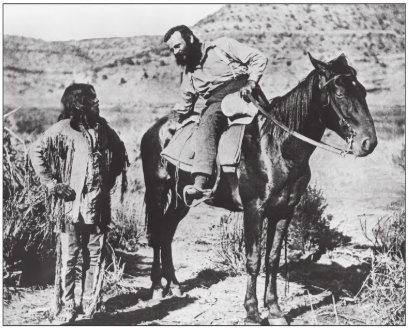
John Wesley Powell is most famous for the 1869 Powell Geographic Expedition, a three-month trek down the Green and Colorado Rivers and the first passage through the Grand Canyon. He was an advocate for advanced settlement in the West, and founded policies that helped him understand the newly acquired terrain. He became a champion for the preservation of these natural resources. After his death, Powell was buried in Arlington National Cemetery, paying tribute to his vast contributions to America.
Meriwether Lewis
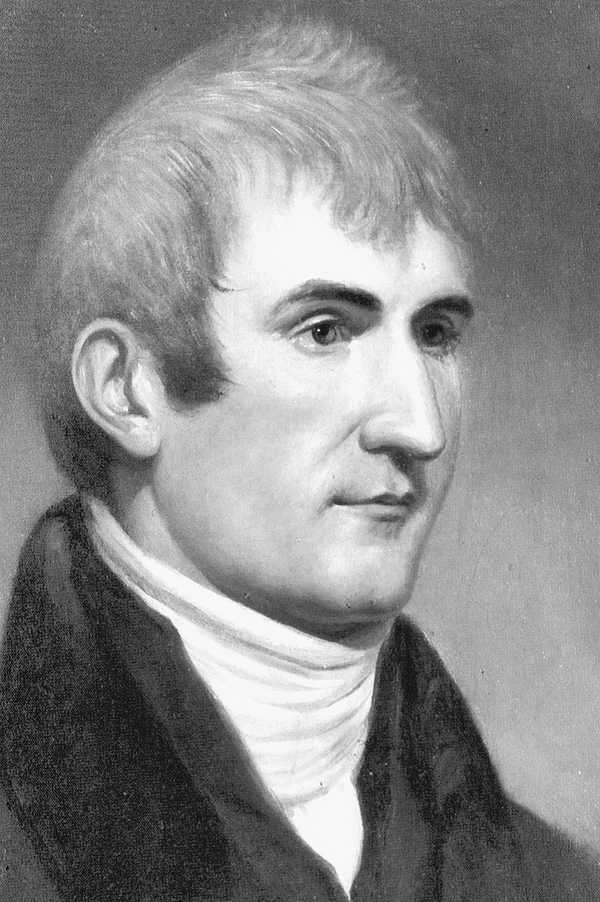
Meriwether Lewis is most well-known for his role in the Lewis and Clark Expedition. Along with Clark, Lewis explored the stretch of land acquired by the United States Government through the Louisiana Purchase. His mission was to establish relations with the native population, and trace a route from the Mississippi River to the Pacific Northwest and Oregon Country. After this explorative work, Lewis was named Governor of Upper Louisiana in 1806 by President Thomas Jefferso
George Comer
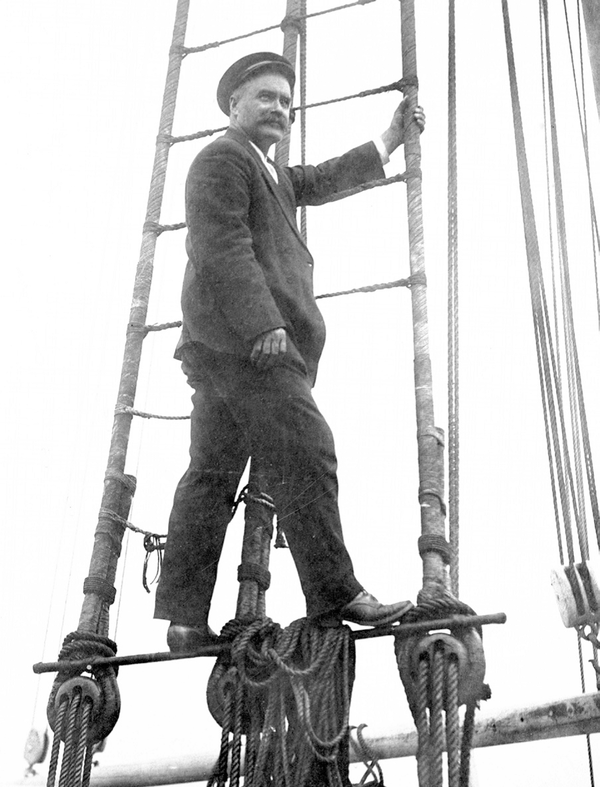
During the late 1800s, George Comer became the expert on the Hudson Bay area. He was well-acquainted with the Inuit people and a key figure in the local whaling movement. Comer was a polar explorer, whaler, cartographer, writer, and photographer. During his lifetime, he made three expeditions to Antarctica, and 14 to the Arctic. Even after his retirement to Connecticut, he remained close with his Inuit friends, sending gifts and letters, and working for the Connecticut State Legislature until his death in 1937.
Tania Aebi
Imagine sailing around the entire globe. Now, image doing it alone, in a 26-foot sailboat, and in your early twenties. This is exactly what Tania Aebi did that earned her a place among the ranks of most important American explorers. She became the first American woman and youngest person overall to circumnavigate the planet. Prior to this, her only sailing experience had been a six-month journey across the Atlantic with her father. She set out to prove that a woman could make such an expedition on her own, and prove it she did.
William Clark
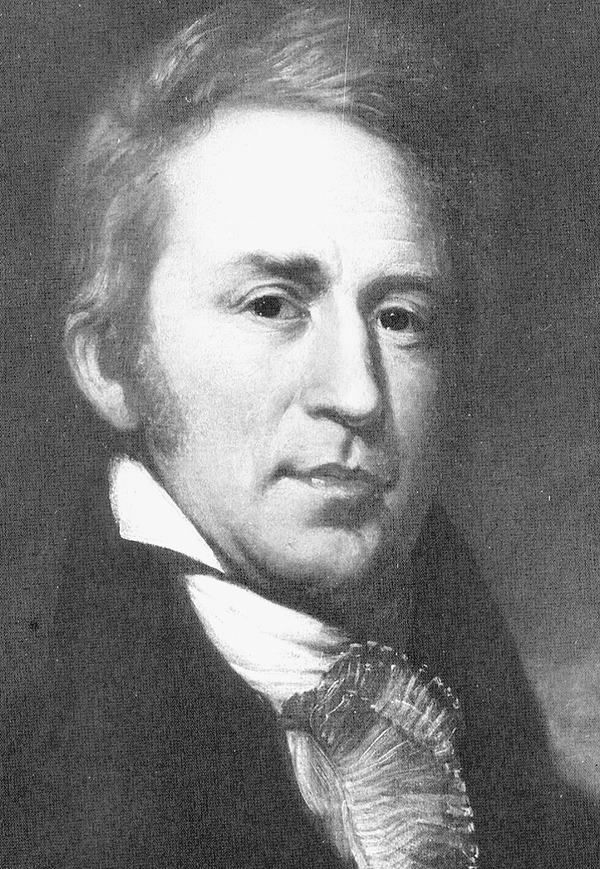
William Clark might be considered one of the most famous American explorers. He grew up in Kentucky, and served a short time in the militia for the United States Army. Due to poor health, he resigned from the military, but soon after was recruited by Meriwether Lewis for a massive expedition across the land recently acquired in the Louisiana Purchase. Clark’s central role during the expedition was crafting maps, managing expedition supplies, and hunting for game. When he died, the entire city of St. Louis gathered to mourn his passing. A 35-foot tall obelisk was erected to mark his grave.
Throughout history, explorers have been crucial to garnering a deeper understanding of our environment. Whether that be venturing in entirely unknown territory in the early 1800s or diving into the depths of the ocean in modern day, there are countless corners of the planet yet to been fully uncovered. Scientists and explorers are making new discoveries every day that continue to shape how we experience life on Earth.

